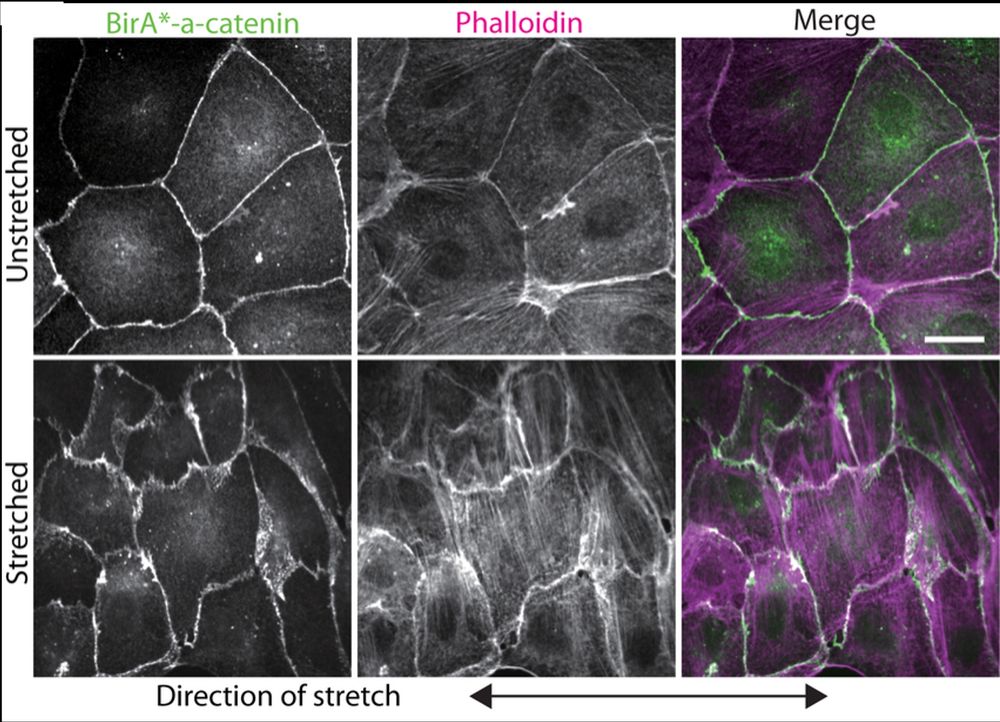Denis Krndija
@deniskrndija.bsky.social
440 followers
740 following
47 posts
new group leader @CBIToulouse | MechanoGut team | ATIP-Avenir | fascinated by the dynamics and mechanics of the #gut 🐭⚙️🔬| he/his/him 🏳️🌈
Lab: https://cbi-toulouse.fr/eng/equipe-krndija
Personal: https://cbi-toulouse.fr/eng/page-personnelle-49
Posts
Media
Videos
Starter Packs
Reposted by Denis Krndija
Reposted by Denis Krndija
Reposted by Denis Krndija
Reposted by Denis Krndija
Reposted by Denis Krndija
Reposted by Denis Krndija
Reposted by Denis Krndija














